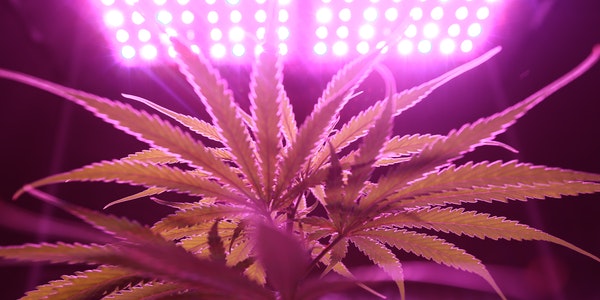LED VS HPS energy consumption comparison
LED is more energy-saving, about a quarter of the energy consumption of HPS lamp and metal halide lamp.
100w LED consumes 0.1W electricity, traditional HPS lamp / metal halide lamp 100W plus ballast and transformer / trigger consumes 0.13-0.14w, the same wattage LED saves 30-40% of electricity.
Generally, 25w-30w LED lamps equal to 100W high pressure sodium lamp, 40W LED lamp equal to 150W high pressure sodium lamp, 60W LED lamp equal to 200W high pressure sodium lamp, 80w-100w LED lamp equal to 400W high pressure sodium lamp.
Applications of LED vs HPS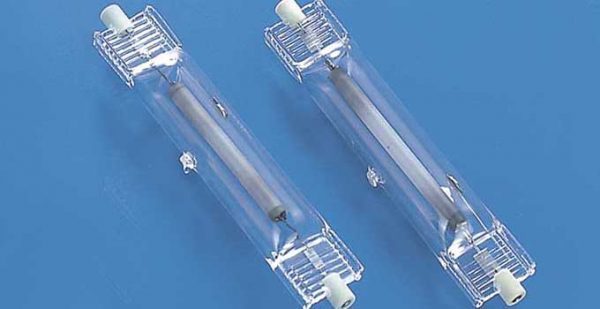
At present, high pressure sodium lamp has some disadvantages, such as slow start, strong stroboscopic, high power consumption, high temperature and noise. High power LED light, with 50000 hours of ultra-high life, special power saving, high luminous efficiency, high color rendering, no stroboscopic, instant start and restart, maintenance free and many other advantages. LED light will completely replace high pressure sodium lamp and metal halide lamp.
High pressure sodium and metal halide grow light are only suitable for greenhouse, but not for multi-layer cultivation rack and plant factory. LED grow light can be used in greenhouse or multi-layer cultivation rack and plant factory
Comparison of effects on different growth stages of crops
HPS and metal halide grow light have high calorific value, and the temperature of the whole lamp can reach hundreds of degrees, which has a great influence on the room temperature. LED grow light is a cold light source, and the temperature of the whole lamp does not exceed 60 degrees, which will not have any impact on the human body and the environment.
so, High pressure sodium lamp and metal halide lamp are not suitable for seedling stage, LED is suitable for all stages of plant growth.
Comparison of effects on crop growth results
Due to the single chip of LED grow light, it can adjust the nutrient spectrum more specifically for plants. In fact, the main effect of light on plants is photosynthesis.
Light quality, also known as the composition of light, refers to the components of the solar spectrum with different wavelengths. The light (red, orange, yellow, green, blue and purple) with wavelengths of 410-850nm is the band with physiological activity in the solar radiation spectrum, which is called photosynthetically active radiation. In this range, the effect of light on plant growth and development is not the same.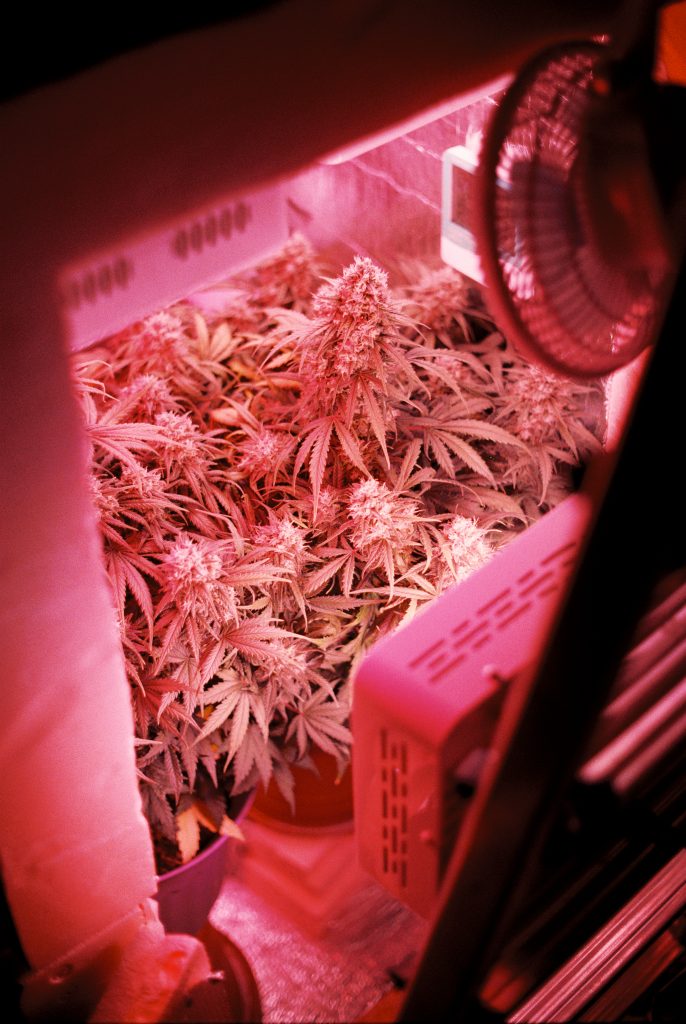
The assimilation efficiency of blue and purple light was only 14% of that of red light. Red light is not only beneficial to the synthesis of plant carbohydrates, but also accelerates the development of long day plants. On the contrary, blue and purple light accelerated the development of short day plants and promoted the synthesis of proteins and organic acids. Short wave blue violet light and ultraviolet light can inhibit the elongation of internodes, promote the differentiation of multiple lateral branches and buds, and contribute to the synthesis of anthocyanins and vitamins. Therefore, due to more ultraviolet rays in high mountains and high altitudes, the color of Alpine flowers is more colorful, the fruit color is more gorgeous, and the quality is better.
To sum up, high pressure sodium lamp and metal halide lamp can not function the same as LED light.
Cost Comparison
1W LED = 3W CFL (energy saving lamp) = 15W incandescent lamp
3W LED = 8W CFL (energy saving lamp) = 25W incandescent lamp
4W LED = 11W CFL (energy saving lamp) = 40W incandescent lamp
8W LED = 15W CFL (energy saving lamp) = 75W incandescent lamp
12W LED = 20W CFL (energy saving lamp) = 100W incandescent lamp
Cost comparison table
| Item | 400W Metal Halide | 250W HPS Light | 50W LED Light |
| average life span | 8000H | 6000H | 50000H |
| Warranty time | 1 year | 1 year | 5 Year |
| Starting ttime | 2~3 minutes | 3~5 minutes | 0.01 minute |
| Wattage | ≥400W per Hour | ≥250W per Hour | ≥50W perHour |
| surface temperature | >250℃ | >300℃ | <60℃ |
| Voltage range | 180~230V | 180~230V | 100~260V |
Comparison of electricity Bill
Take 100 lamps as an example, the average daily use time is 10 hours, and the electricity charge is $0.2 / kWh
| Item | 400W Metal Halide | 250W HPS Light | 50W LED Grow Light |
| Daily power consumption | 400 | 250 | 50 |
| Monthly electricity charge | $1875 | $1171.88 | $257.801 |
| Yearly electricity charge | $2,187.50 | $14,062.50 | #3,093.75 |
| 5-year Charges | $10,937.50 | $70,312.50 | $15,468.75 |
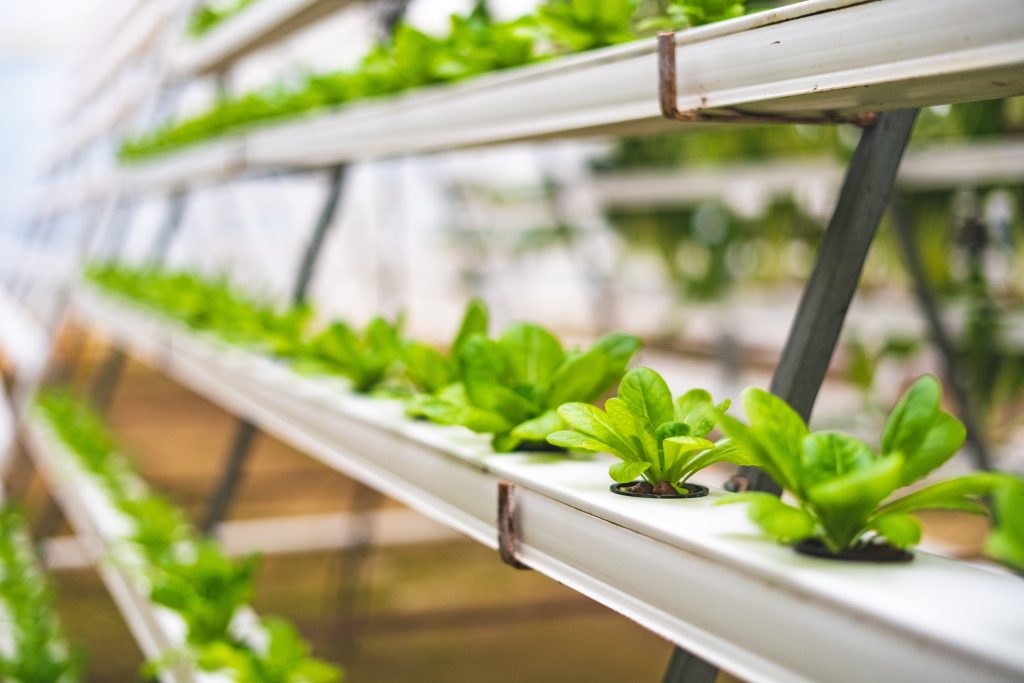 Can LED grow lights completely replace sunlight?
Can LED grow lights completely replace sunlight?
LED lights cannot completely replace sunlight. Many things in sunlight cannot be replaced by artificial lights, and at the same time they play different roles. But there are also some things that can be replaced.
No sunlight or soil is needed. Under the illumination of rows of LED light boards, the layers of green leafy vegetables on the shelf can grow very luxuriantly. In recent years, artificial lighting technology has been favored by more and more greenhouses, which guarantees the growth of plants in cloudy and hazy weather. The LED fill light is hung directly above the vegetables, imitating the law of sunlight, turning it on during the day and turning it off at night, to ensure the sunlight needed for photosynthesis of vegetables. At the same time, the plant factory will also replace the soil with nutrient solution, and use indoor equipment to adjust the temperature, so that the environment here always meets the growth needs of plants.
In fact, not only in plant factories, but also in many greenhouses, we can also see LED grow lights. Why can Grow light replace sunlight? Studies have shown that among the sunlight, crops have the strongest ability to absorb red, orange and blue light, and some artificial LED lights can also emit these two kinds of light. However, different light bulbs have different effects on plants to heat up and supplement light. Some of our common household lamps, such as incandescent lamps, arc lamps, etc., emit more long-wave light, with red-orange light accounting for about 59.4%, and red-orange light is conducive to warming plants. However, due to less blue light, the supplementary light effect of these household lamps is not so strong.
The effect of LED grow light on plant growth
The LED light source is also called a semiconductor light source. This light source has a relatively narrow wavelength and people can freely control the color of the light. Using it to irradiate plants alone can improve plant varieties.
- Different wavelengths of light have different effects on plant photosynthesis. The light required for plant photosynthesis has a wavelength of about 400-700nm. 400-500nm (blue) light and 610-720nm (red) contribute the most to photosynthesis.
- Blue (470nm) and red (630nm) LEDs can just provide the light needed by plants. Therefore, the ideal choice for LED plant lights is to use these two color combinations. In terms of visual effects, the red and blue plant lights are pink.
- Blue light can promote the growth of green leaves; red light can help blossom and fruit and prolong the flowering period.
- The ratio of red and blue LEDs of LED plant lights is generally between 4:1-9:1, usually 4-7:1.
- When plant lights are used to supplement light for plants, the height from the leaves is generally about 0.5 meters, and continuous exposure for 12-16 hours a day can completely replace the sun.
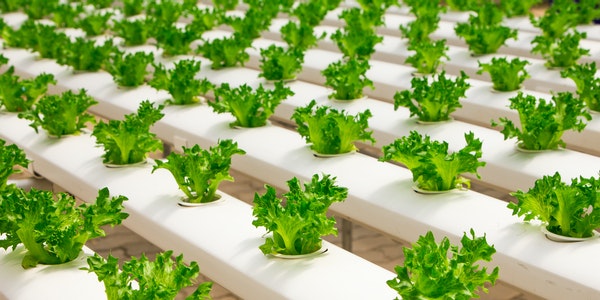
Proportional colored lights can make strawberries and tomatoes sweeter and more nutritious. To illuminate holly seedlings with light is to imitate the photosynthesis of plants outdoors. Photosynthesis refers to the process by which green plants use light energy through chloroplasts to convert carbon dioxide and water into energy-storing organic matter and release oxygen. Sunlight is composed of different colors of light, and different colors of light can have different effects on plant growth.
The holly seedlings tested under purple light have the highest growth, but the leaves are small, the roots are shallow, and they look like malnutrition. The seedlings under the yellowish light are not only short, but the leaves look lifeless. The holly that grows under the mixed red and blue light grows best, not only is strong, but the root system is also very developed. The red bulb and blue bulb of this LED light source are configured in a ratio of 9:1.
The results show that the 9:1 red and blue light is the most beneficial to plant growth. After this light source is irradiated, strawberry and tomato fruits are full, and the content of sugar and vitamin C is significantly increased, and there is no hollow phenomenon. Continuous irradiation for 12-16 hours a day, strawberries and tomatoes grown under such a light source will be more delicious than ordinary greenhouse fruits.
LED plant growth lights can also be used to supplement light sources for plants in the rainy weather in winter.

